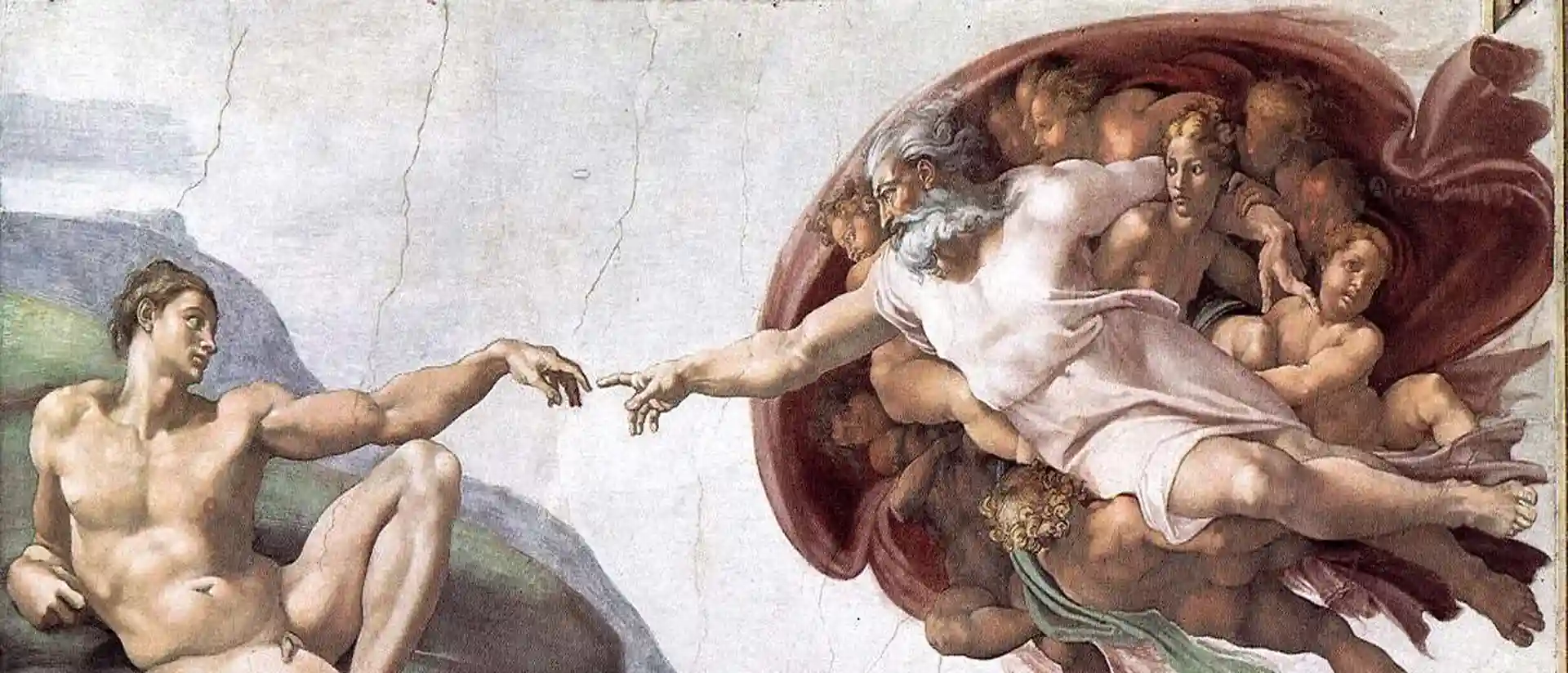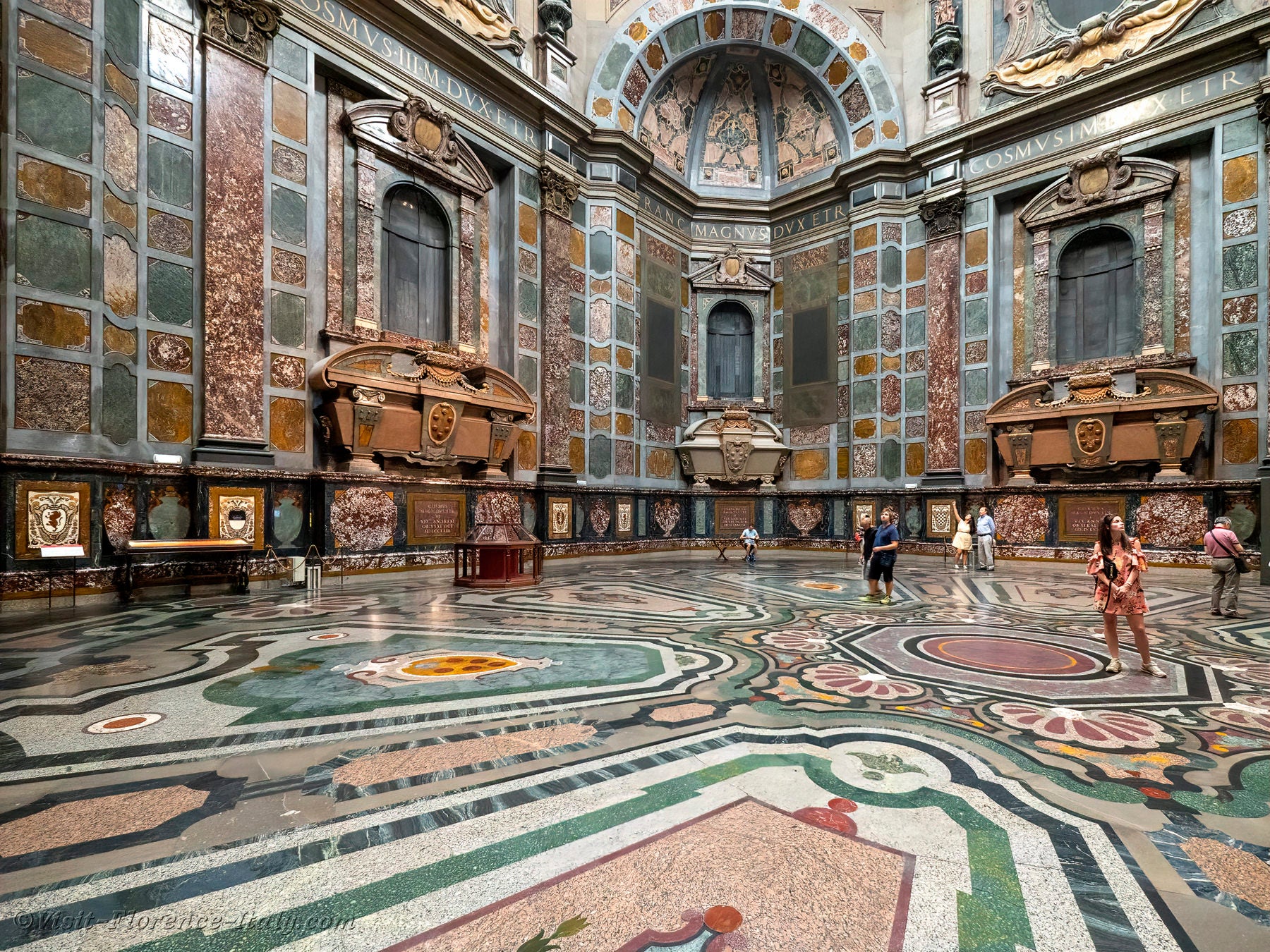Michelangelo's most famous works are simply breathtaking. Michelangelo di Lodovico Buonarroti Simoni was one of the most influential artists in history. His masterful compositions have captivated audiences for centuries, and his magnificent artwork has endured through time as blessed works of genius.

From timeless sculpture to awe-inspiring paintings, Michelangelo left an indelible mark on the art world that will never be forgotten. Here we will explore some of the artist's greatest pieces - from the marble masterpiece David to exquisite frescoes like The Creation of Adam –and discover why these creations remain so beloved even today!
Michelangelo's David - the Renowned Marble Sculpture
The David is arguably one of Michelangelo's most famous works, capturing the imagination of art enthusiasts across the globe with its stunning craftsmanship and lifelike quality. This marble sculpture depicts David, the biblical hero who defeated the giant Goliath, standing in all his glory at over 17 feet tall.
The statue embodies the ideals of male beauty and physical strength, with intricate details that showcase Michelangelo's artistic mastery. It is no wonder that this masterpiece has inspired countless imitations and captivated viewers for centuries.
The David statue by Michelangelo is widely regarded as one of the greatest masterpieces of Renaissance art. This iconic work has captivated audiences for over five centuries and continues to draw admiration for its intricate detail, profound symbolism, and sheer beauty. In this blog post, we will delve into the history, artistic significance, and lasting legacy of Michelangelo's David.
The History of David
Commission and Creation
In 1501, the Opera del Duomo in Florence commissioned a young Michelangelo Buonarroti to create a statue of the biblical hero David. The statue was intended to be one of a series of sculptures to adorn the Florence Cathedral. At the time, Michelangelo was just 26 years old but had already established himself as a talented artist with works like the Pietà in St. Peter's Basilica in Rome.
The block of marble used for David had a storied past of its own. Originally quarried in Carrara, it was initially worked on by other artists but remained unfinished for over 25 years. Michelangelo saw potential in the flawed marble and took on the challenge of transforming it into a masterpiece.
Artistic Process
Michelangelo worked on David from 1501 to 1504, dedicating over two years to his intricate craftsmanship. Unlike previous representations of David, which often depicted him after his victory over Goliath, Michelangelo chose to portray David before the battle, capturing the moment of tense anticipation.
The statue stands at an impressive 17 feet tall and was carved with meticulous attention to anatomical precision. Michelangelo's deep understanding of human anatomy is evident in the lifelike rendering of muscles, veins, and posture, making David a testament to the artist's skill and knowledge.
Symbolism and Artistic Significance
The Ideal Renaissance Man
David embodies the Renaissance ideals of humanism, strength, and beauty. His relaxed contrapposto stance—a naturalistic pose where the weight is shifted onto one leg—conveys a sense of calm confidence and readiness. This posture not only highlights the physical perfection of the human form but also symbolizes the intellectual and moral virtues prized during the Renaissance.
A Symbol of Florence
Beyond its artistic qualities, David holds significant political and cultural meaning for Florence. During the early 16th century, the city was a republic often threatened by powerful neighbors and internal strife. David, as a symbol of the underdog who triumphs through intellect and courage, became a powerful emblem of Florentine identity and resilience.
Attention to Detail
Michelangelo's attention to detail is astounding. Every aspect of David, from the furrowed brow to the intricate curls of his hair, showcases the artist's dedication to realism. The veins on David's hands and arms seem to pulse with life, and the tension in his muscles suggests a captured moment just before action.
The Legacy of David
Impact on Art and Artists
David's influence on subsequent generations of artists cannot be overstated. It set a new standard for monumental sculpture and inspired countless imitations and reinterpretations. Michelangelo's mastery of capturing human emotion and physicality continued to influence Renaissance and Baroque artists, including Bernini and Caravaggio.
Preservation and Display
Originally intended for the Florence Cathedral, David was instead placed in the Piazza della Signoria, outside the Palazzo Vecchio, in 1504. This decision allowed the public to admire the statue and cemented its status as a civic icon. In 1873, David was moved to the Galleria dell'Accademia in Florence to protect it from weathering and damage.
Today, millions of visitors from around the world come to marvel at David, reinforcing its status as a cultural treasure and a must-see attraction for art lovers.
Modern Interpretations
David continues to inspire contemporary artists and popular culture. Its image is widely reproduced and referenced in various media, from films to advertising. Even in the digital age, the statue's enduring appeal speaks to its universal themes and timeless beauty.
Michelangelo's David is more than just a statue; it is a symbol of artistic genius, cultural identity, and human achievement. Its creation marked a pivotal moment in Renaissance art, showcasing the potential of human creativity and the power of art to convey profound messages. As we continue to admire and study David, we are reminded of the enduring legacy of Michelangelo and the incredible heights that art can reach.
Whether you are an art historian, a casual admirer, or someone discovering David for the first time, this masterpiece offers endless opportunities for exploration and appreciation. The next time you find yourself in Florence, take a moment to stand before David and witness firsthand the brilliance of Michelangelo's vision.
The Sistine Chapel Ceiling - One of Michelangelo's Most Famous Works
The Sistine Chapel ceiling stands as a testament to Michelangelo’s unparalleled artistic abilities. This iconic masterpiece took four long years for him to complete, and it is considered one of his most ambitious works. The ceiling is a marvel to behold, featuring intricate details of biblical stories and characters that are still admired by visitors from around the world today.

From the richly decorated corridors that lead to the chapel to the awe-inspiring moment when you look at the ceiling, visiting this work of art is an experience that will stay with you long after you leave. Exploring the Sistine Chapel Ceiling is an opportunity to witness one of Michelangelo's most famous works, and it is an experience that you won't want to miss.
The Medici Chapel in Florence - One of Michelangelo's most famous works
Stepping into the Medici Chapel in Florence feels like stepping back in time. The chapel, located in the Basilica di San Lorenzo, is filled with stunning artwork and architectural wonders that are sure to leave visitors awe-struck. Rich colors, intricate details, and masterful craftsmanship are evident in every aspect of the chapel.

Its walls are adorned with intricate frescoes, while statues of the Medici family gaze down from their niches with an imposing yet elegant presence. Beyond its artistic beauty, the chapel is a testament to the power and influence of the Medici family, who were not only patrons of the arts but also one of the most prominent ruling families in Renaissance Italy.
A visit to the Medici Chapel is a must for anyone who wants to experience the sheer magnificence of Florence's artistic and cultural heritage.
The Moses by Michelangelo in Rome
In the bustling city of Rome, one of the many historic treasures that visitors flock to see is The Moses sculpture by Michelangelo. This towering statue depicts the biblical figure seated, with a powerful expression that conveys both his strength and inner turmoil. Visitors can marvel at the intricate details etched into his flowing beard and bulging veins, all carefully crafted by the skilled hands of the legendary artist.
As you stand before The Moses, you can't help but feel a sense of awe at the impressive work of art that has stood the test of time to become a true masterpiece. For art enthusiasts and history buffs alike, a visit to see The Moses is an experience that should not be missed.
The Laurentian Library in Florence - An impressive Space Filled with Frescoes and Sculptures Created by Michelangelo
As you step into the Laurentian Library in Florence, you'll feel a sense of awe wash over you. The space is grand and exquisitely designed, complete with towering columns and intricate details that capture the eye. But it's the frescoes and sculptures that truly make this library a masterpiece of art.
Created by none other than Michelangelo himself, they showcase his immense skill and artistic prowess. With every glance, you'll discover new details and marvel at the expert craftsmanship that went into every piece. The Laurentian Library is certainly a feast for the senses and a must-see for anyone visiting Florence.
Unveiling Michelangelo’s Poetry - A Look at Some of the Artist’s Lesser-Known Works
Most people know Michelangelo as a great artist, with works like the Sistine Chapel ceiling and the sculpture of David capturing the attention of millions for centuries.
But did you know that Michelangelo was also a poet? Many of his lesser-known works were written during times of great personal turmoil, such as the death of a dear friend or the loss of a loved one.
In these poems, Michelangelo reveals a deep and profound understanding of the human experience, touching on themes of love, loss, and mortality. While his poetry may not be as well-known as his art, it is certainly worth taking a closer look at for those who are interested in the more intimate side of Michelangelo's creative output.
Conclusion - Michelangelo's most famous works
Michelangelo's highly acclaimed works of art—from the renowned marble sculpture, David, to the incredible frescoes of the Sistine Chapel Ceiling and beyond—are testaments to his remarkable artistic capabilities. He created some of the most iconic pieces in history, such as the head of Moses for the tomb of Pope Julius II and the Pietà which resides in St. Peter’s Basilica.
Countless elements of Michelangelo’s distinctive style can be found throughout from his sculptures to his poetry. As we come to an end, it is essential to reflect on what this truly remarkable artist has taught us about talent, creativity, and persistence.
Let us take home a reminder of one of Michelangelo’s greatest works by investing in a Paolo Modena Fine Art Photography print today!
Editor's note: this post was originally published in July 2023 and has been completely revamped and updated for accuracy and comprehensiveness.


